
- Bac Mon - one of the remaining gates of Thang Long Imperial Citadel. (Photo: Nhat Anh/VNA)
Scientists have for the first time identified the most complete cultural layer dating from the 8th-9th century to the 19th-20th century in the Central axis of Thang Long Imperial Citadel, the information was given at the Conference reporting the results of the excavation of the Kinh Thien main hall area of the Central Thang Long Imperial Citadel held on December 16.
According to the two organizing units, the Thang Long Heritage Conservation Center and the Institute of Archaeology, through this excavation, for the first time, architectural vestiges on the Central axis dating from the Ly Dynasty to modern times were identified. In particular, major architectural vestiges of the Ly Dynasty such as architectural foundations, wall foundations, brick yards and especially large water pipes were initially revealed.
On the one hand, archaeologists have also initially identified a part of the Kinh Thien Palace space in the Central area such as the Royal path, Dan Tri yard, architectural foundation (corridor), especially these relics clearly identify the two stages of Le So and Le Trung Hung overlapping each other. Particularly, there are many architectural vestiges of the Tran Dynasty but they have been severely destroyed.
The relics are also abundant in large quantities in the form of architectural materials compared to porcelain and ceramics. Notably, blue and yellow glazed tiles from the early Le Dynasty appear in large numbers in the excavation pits.
According to Professor Phan Huy Le, Chairman of the Vietnam Historical Science Association, the archaeological excavation process of the central area of Thang Long Imperial Citadel is based on excavations from 2011 to present and is carried out in the direction from South to North, from East to West.
The current excavation area is still small, so it needs to be expanded to have a general understanding and avoid judgment. Meanwhile, the characteristics of the relic are very complex, it is difficult to see each layer, so the request of the relevant agencies is to both excavate and preserve.
The excavation results not only clarify the cultural layers but more importantly, must solve two basic problems. First, where is the Forbidden City Center and a scientific solution to clarify the correlation between the Center axis and the archaeological site at 18 Hoang Dieu. Second, have a comprehensive, overall, and specific understanding of the structure of the Thang Long Imperial Citadel Center.
Professor Phan Huy Le said that the results obtained from this archaeological excavation are only the first bricks.
The Thang Long Heritage Conservation Center and the Institute of Archaeology recommended that in 2015, the excavation pits be expanded to the East, following the 2012-2013 excavation pits, to study the architectural vestiges of different periods, especially the architecture of the Ly and Tran dynasties, including the vestiges of the Ly Dynasty Gate in the middle of the Le Dynasty's Doan Mon./.
Source: https://www.vietnamplus.vn/lan-dau-tien-xac-dinh-day-du-tang-van-hoa-hoang-thanh-thang-long-post296925.vnp







![[Photo] Prime Minister begins trip to attend SCO Summit 2025 in China](https://vphoto.vietnam.vn/thumb/1200x675/vietnam/resource/IMAGE/2025/8/31/054128fff4b94a42811f22b249388d4f)
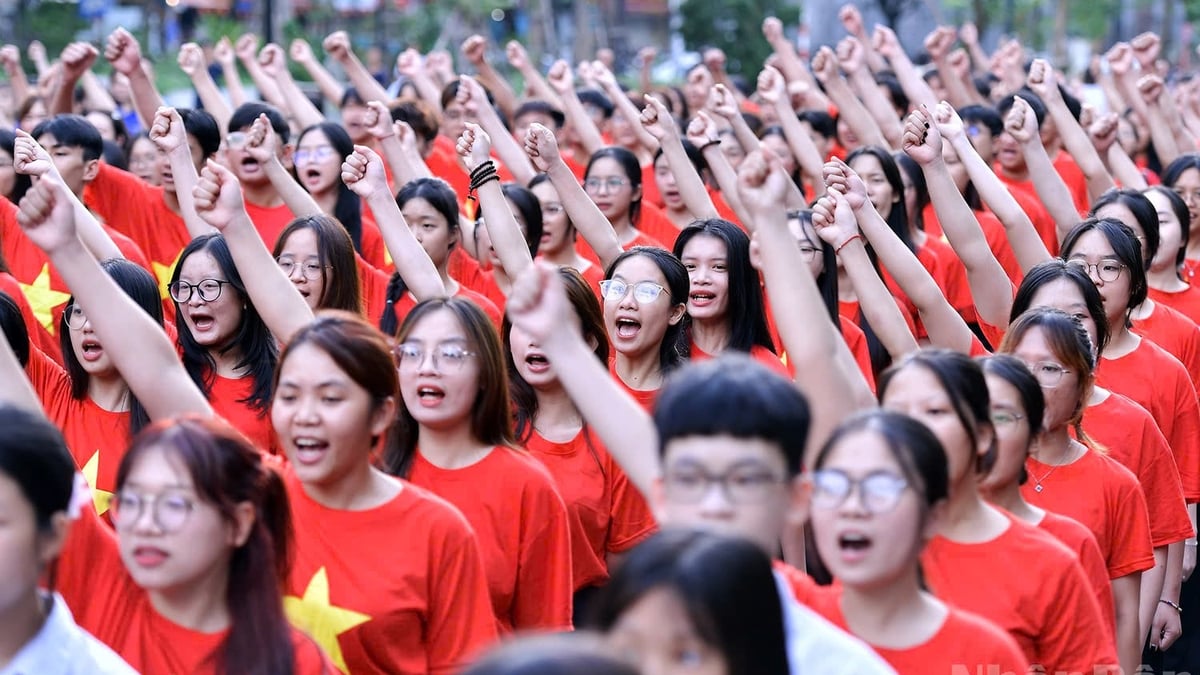
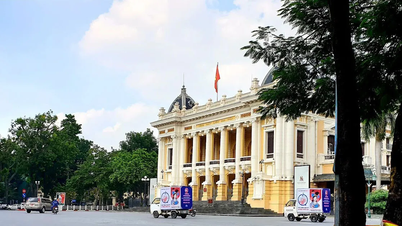


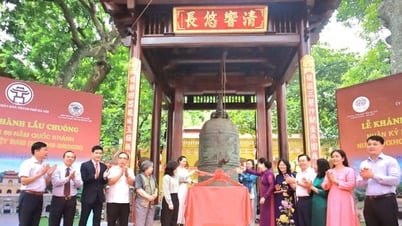

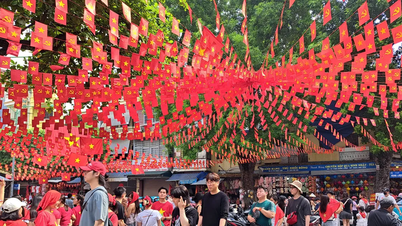
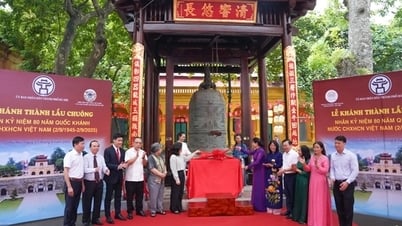

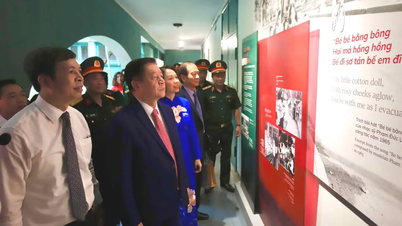


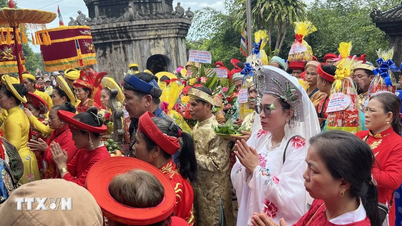
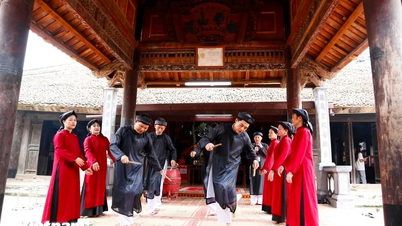


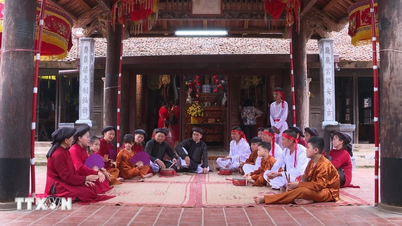






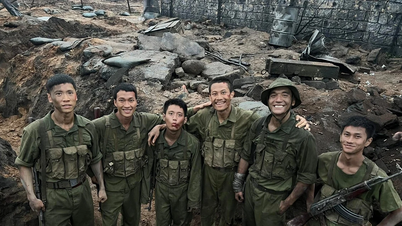



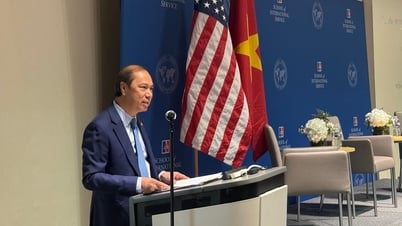

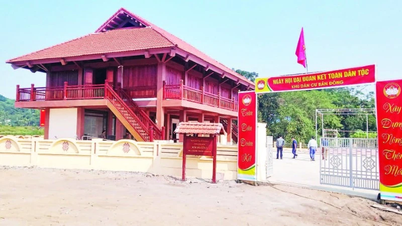
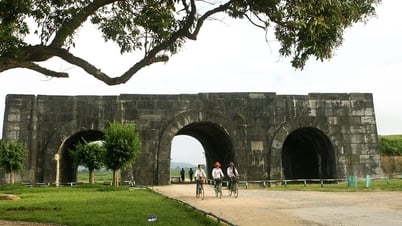












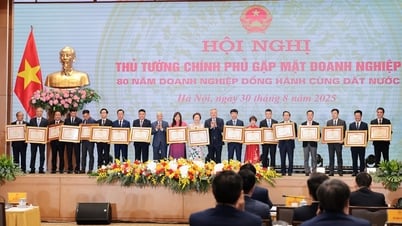







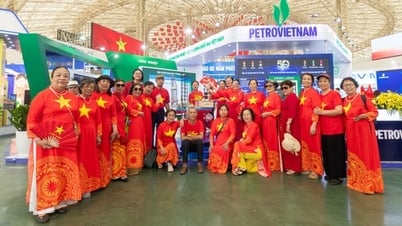
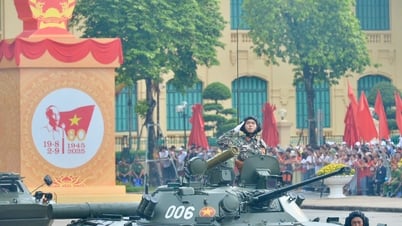








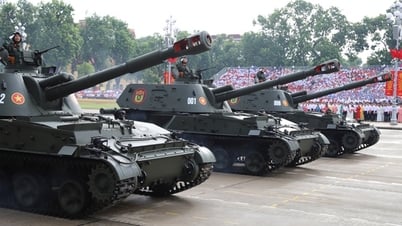



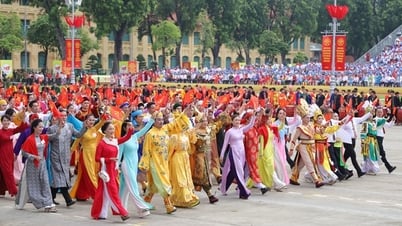









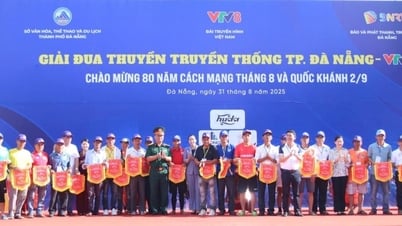


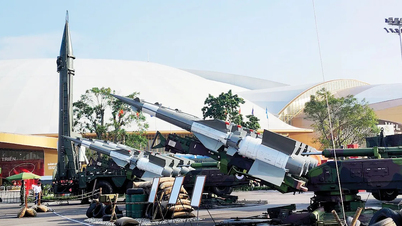











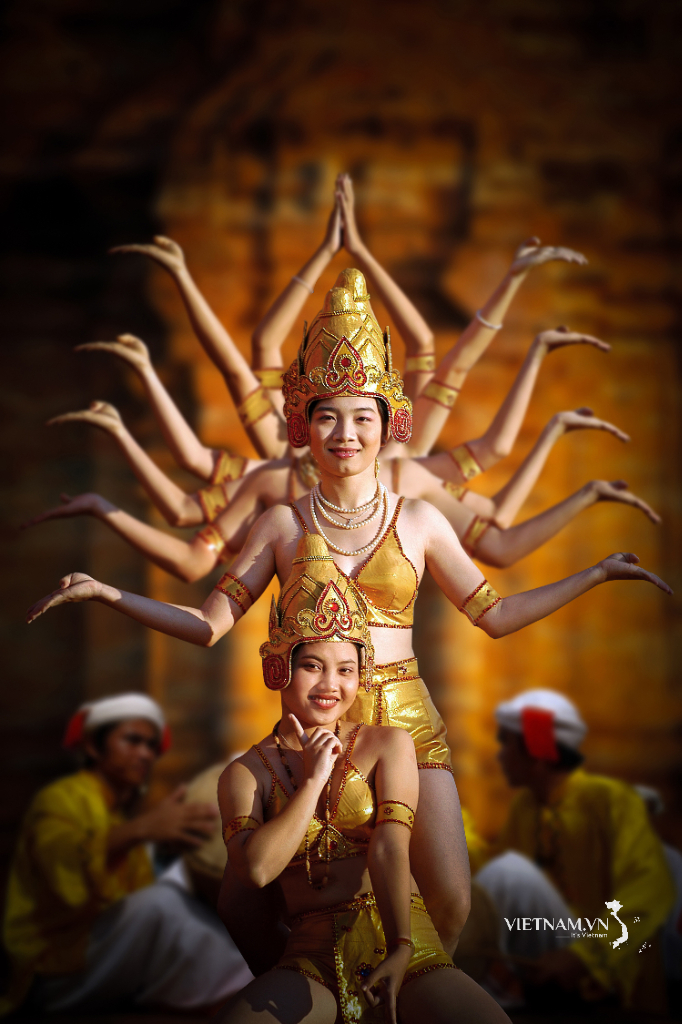


Comment (0)